(October 8, 2022) The biggest misconception about Indian food in America, believes James Beard Award-winning Chef Chintan Pandya, is that it is “too heavy.” Maybe it had to do with the American-Indian fare commonly found in the US, but Americans believed – that “if you eat Indian food for lunch, you won’t be eating dinner,” Pandya told Money Control. Pandya and his business partner, Roni Mazumdar run three immensely popular restaurants in New York City – Rahi, Adda and Dhamaka.
Restaurant fare was doused liberally with cream and butter and as any Indian will tell you, that’s not how we do it at home. Instead, Pandya ensures his food contains no cream or butter whatsoever. Everything is cooked in ghee. They revel in their Indian-ness, so much so their company is called Unapologetic Foods, while their servers wear t-shirts with ‘Unapologetic Indian’ written across them. On any given night in New York City, the waiting list for Dhamaka is around 1500 people. Global Indian looks at Chef Chintan Pandya’s remarkable journey.
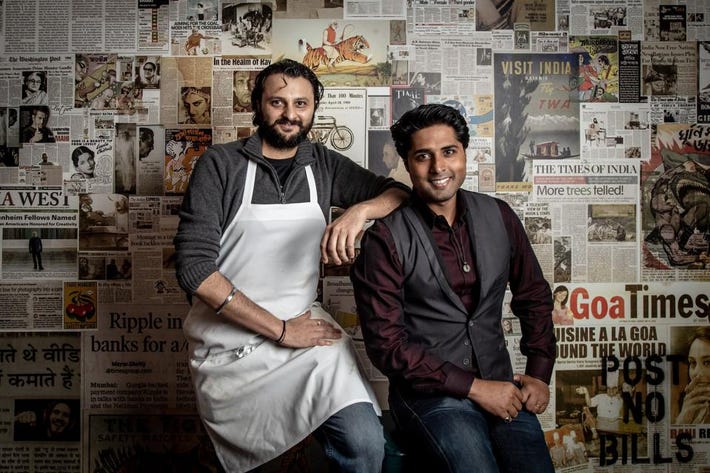
Chef Chintan Pandya and Roni Mazumdar
Regional flavours to the fore
You’re also not likely to find the sort of ‘gourmet’ Indian fare that’s usually served up at desi restaurants in New York City. Pandya and Mazumdar refuse to serve their Indian food with “truffle, wasabi or parmesan to make it gourmet. We were ashamed to make real Indian food,” Pandya remarked. “This recognition will empower a lot of chefs to believe that simple Indian food can be successful and it can bring you recognition and accolades.’
At Dhamaka, you can ease your way in to the menu with vada pav, or “spiced potatoes in a bun with turmeric and chutney,” or the fried pomfret. If you’re feeling more adventurous, you could branch out into the Meghalayan boiled pig’s head salad. All their food is served in the same vessel in which it is cooked, a bluntness of style that has drawn praise and criticism and in both cases, recognition.
In 2022, Chef Chintan Pandya was named Best Chef in New York State at the James Beard Foundation Awards, after Dhamaka made it to No. 1 on the NYT New Restaurants list. It was more than he could have imagined. He thought he had peaked when Adda became the first restaurant to make it to the coveted list.
View this post on Instagram
Learning from setbacks
Growing up in India in a vegetarian household, Pandya always knew he wanted to be a chef, because he “genuinely loves to eat,” he told Eater. “I always wanted to be a chef so I could eat as much as I wanted and not have to pay money.” At home, the Sunday meal was much anticipated, “because that’s when mom made dal dhokli,” he said, in the interview with Moneycontrol. “So bhelpuri, sevpuri, dosa and Chinese food from the roadside stall were a huge part of my life. Rasraj and Guru Kripa in Vile Parle at Shiv Sagar at Chowpatty were favourite haunts.”
The first time he handled meat, poultry and seafood was at culinary school, which he attended for three years before joining the Oberoi Centre of Learning and Development for his master’s degree. That’s where he specialised in Indian food, a turn of events that happened almost by chance. Italian cuisine was his first choice but there were no openings at the Oberoi Grand, where he was at the time and he was assigned to the Indian restaurant instead.
These were the early setbacks in Pandya’s life and he admits there have been “multiple,” which have only “made him stronger.” In 2008, he quit hotels and worked as a food and beverage manager for an international airline, which involved lots of desk work and no cooking. His first break came in 2009, when he moved to Singapore to serve as a chef-partner at a fine-dining restaurant, where he remained for four years. In 2013, he came to Cleveland, working with a company there as its culinary director.
Rahi, the trendsetter
It was around this time that he decided to do something on his own and Atlanta seemed the place to be for Indian food. Pandya was wrong, however. He “lost a certain amount of time, money, effort, everything.” So he packed his bags once more and arrived in New York City. In 2017, he founded Unapologetic Food with Roni Mazumdar and they opened Rahi, an upscale Indian restaurant in Greenwich Village. Their take was contemporary fusion, with offerings like truffle khichdi and smoked salmon chaat.
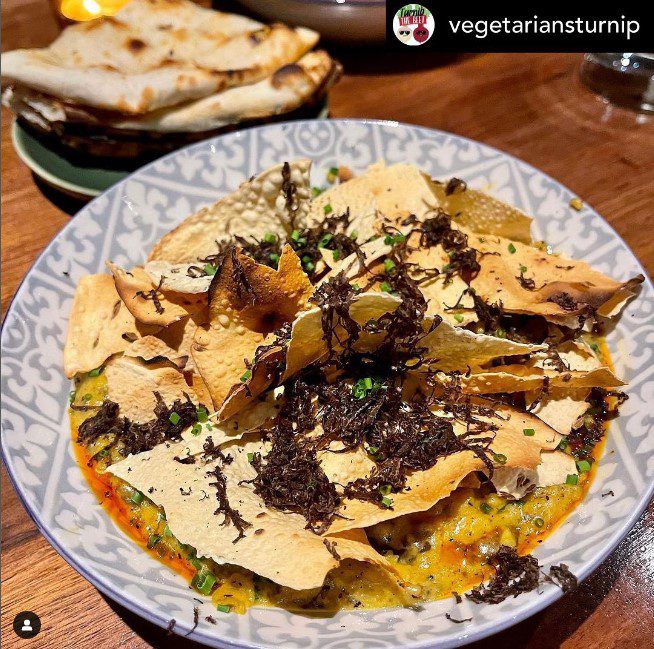
The truffle khichdi at Rahi. Photo: Instagram
Indian and proud
A year down the line, they changed that approach. Adda opened up in Long Island in 2018 and Dhamaka came to the Lower East Side in February 2021. They did away with the tikka masala and salmon and truffles, bringing regional flavours boldly to the fore. While Adda dished up a Lucknow-style goat neck biryani, Dhamaka brought more exotic offerings to the table, like the Meghalayan doh kleh. In 2022, one year after its opening, Dhamaka fetched Pandya the James Beard Award for best chef.
Now, the duo wants to step out of the diverse and cosmopolitan hub that is New York City, to test themselves in tougher environments. “Until we really reach the heart of the country,” Mazumdar told the New York Times, “I don’t think we can really move Indian cuisine forward.” There are perceptions to battle – “Americans expect to pay less for tandoori paneer than they would a burrata salad, and to dictate the level of spiciness,” Pandya said, in the same article. “We are stopping this idea of catering to every other person but the Indian palate.”
- Follow Chef Chintan Pandya on Instagram

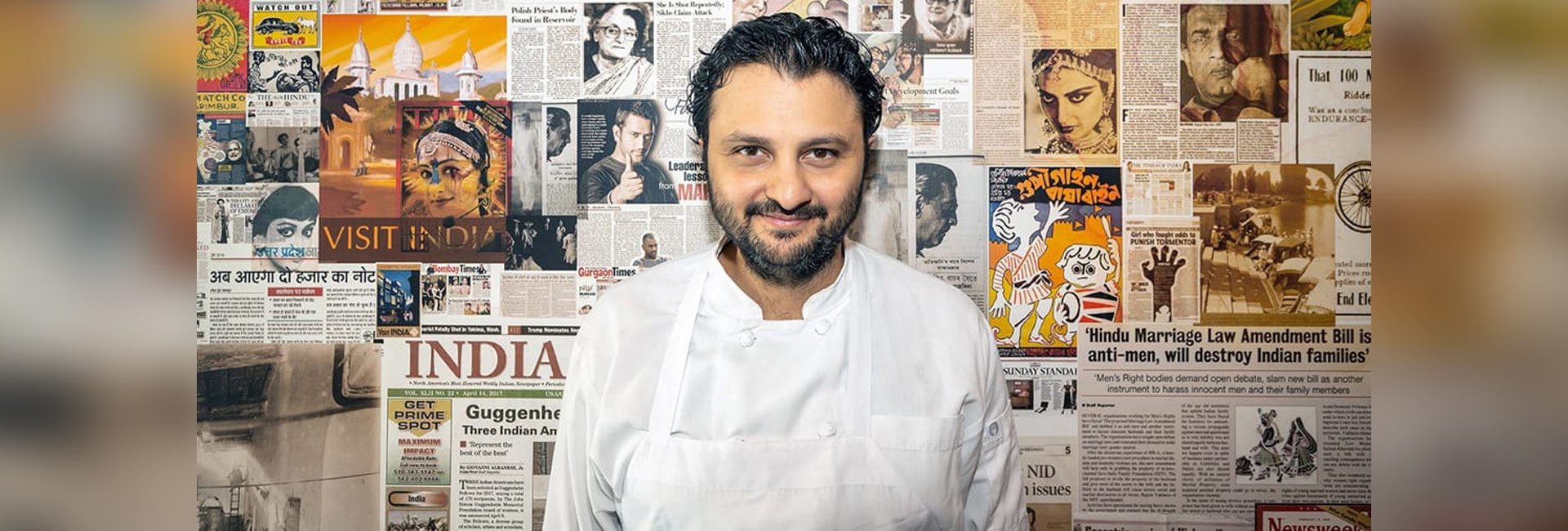
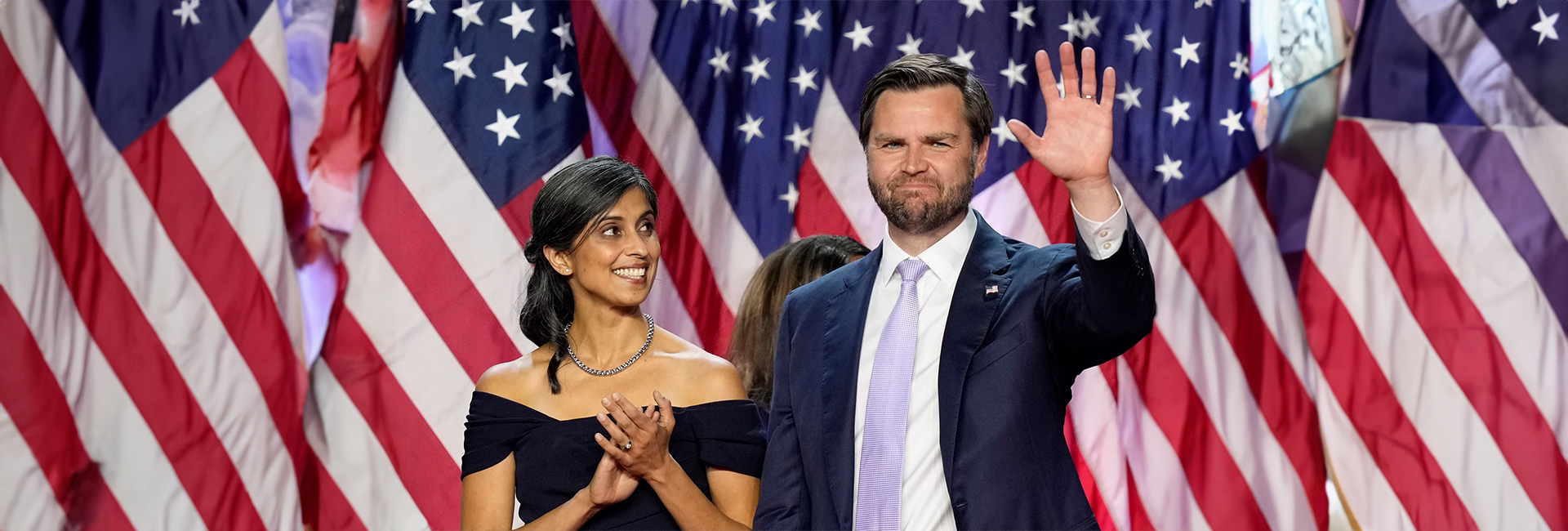
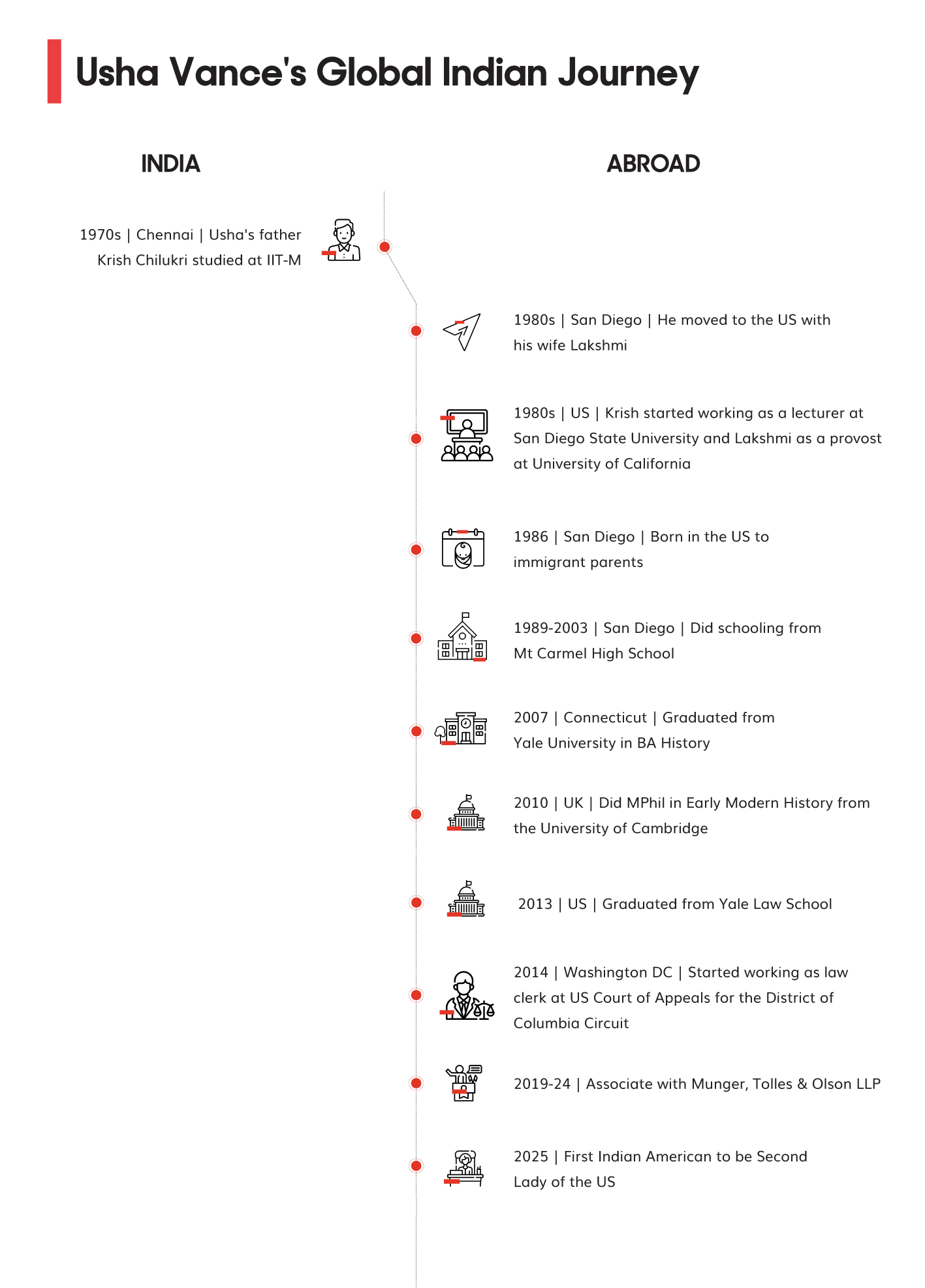
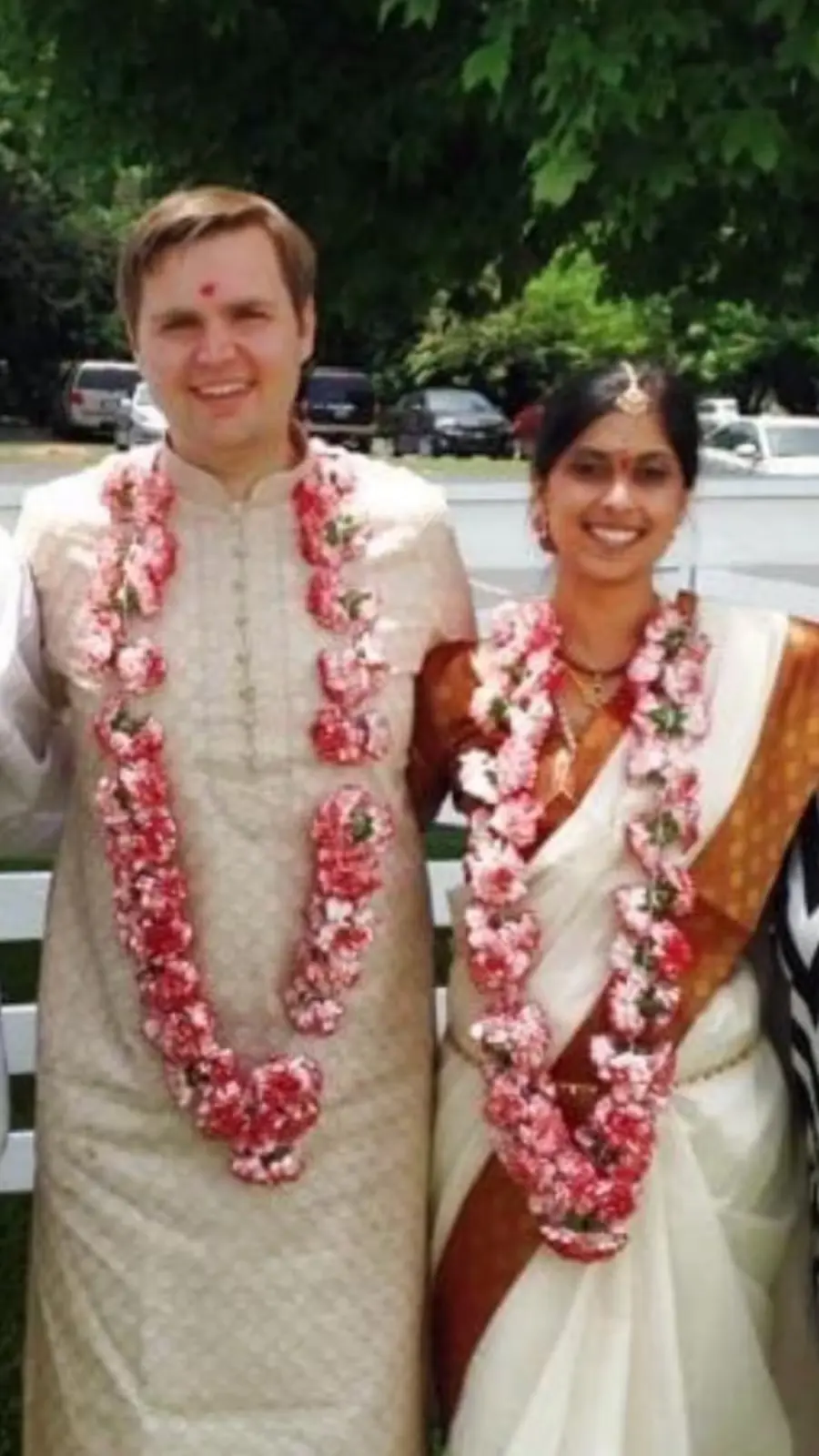 JD Vance and Usha Vance[/caption]
JD Vance and Usha Vance[/caption]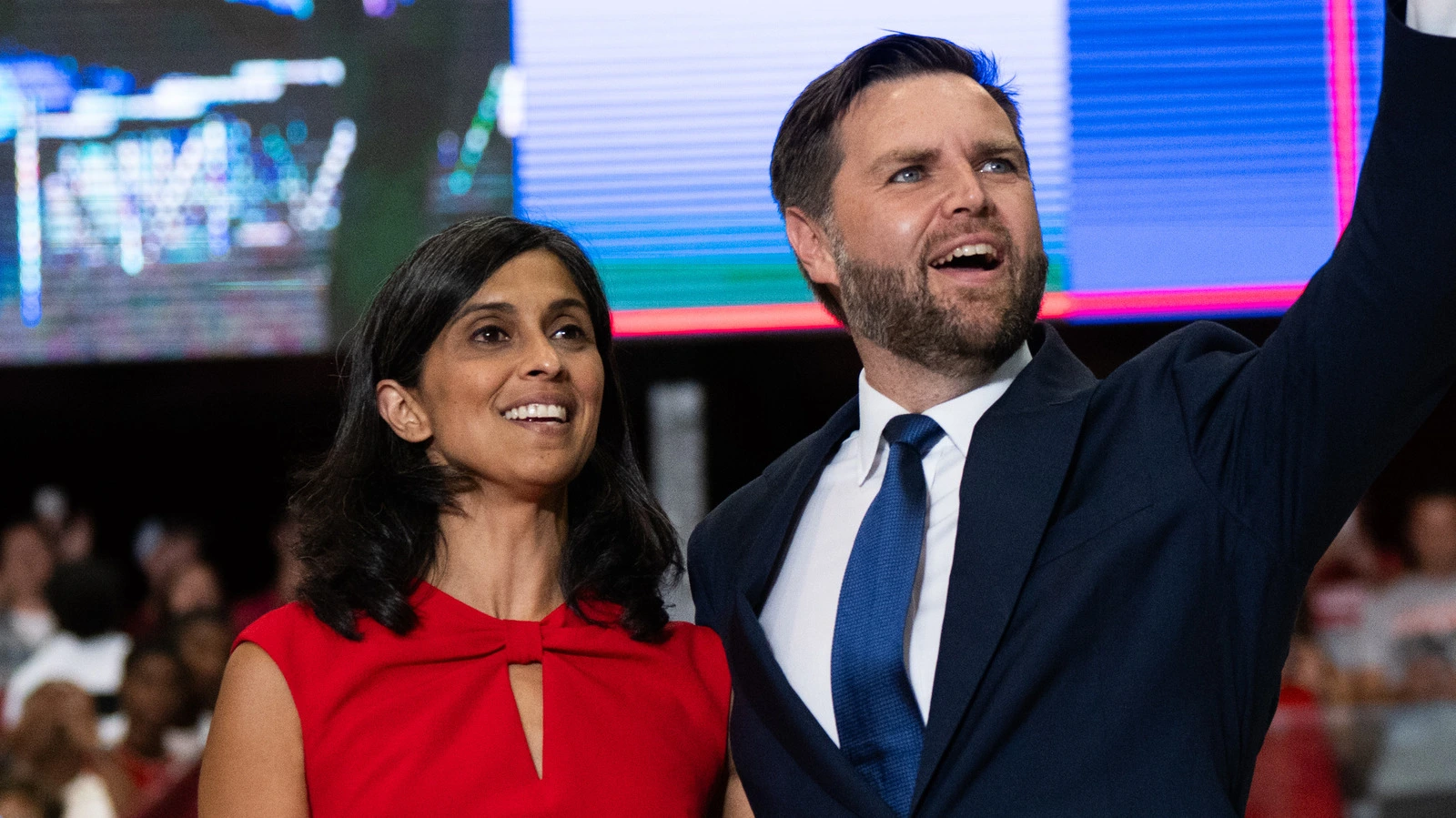
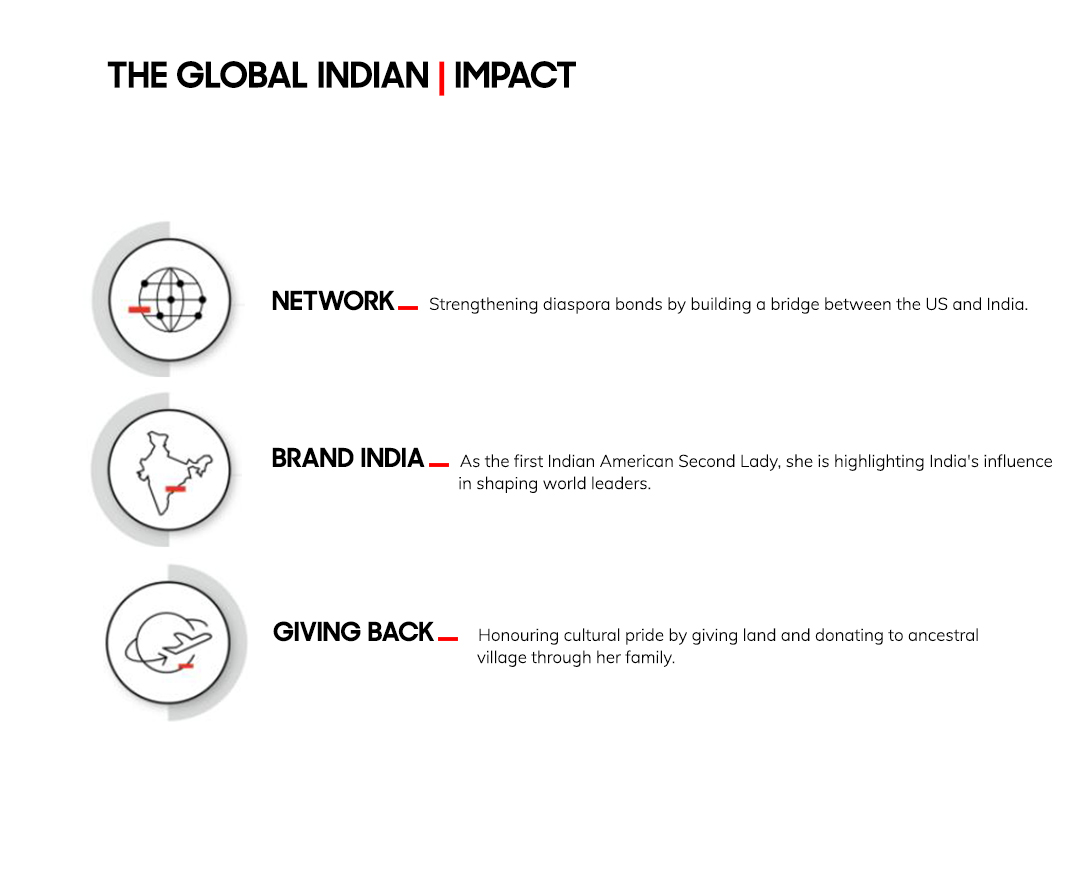

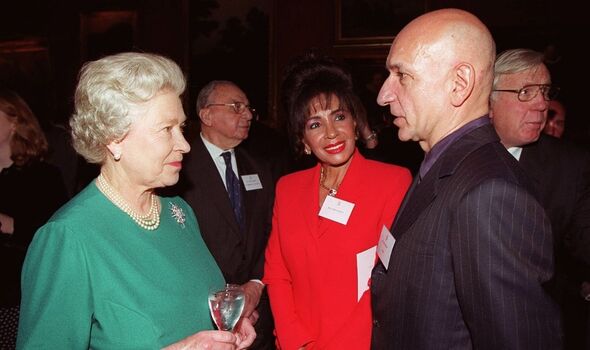 Ben Kingsley with late Queen Elizabeth[/caption]
Ben Kingsley with late Queen Elizabeth[/caption]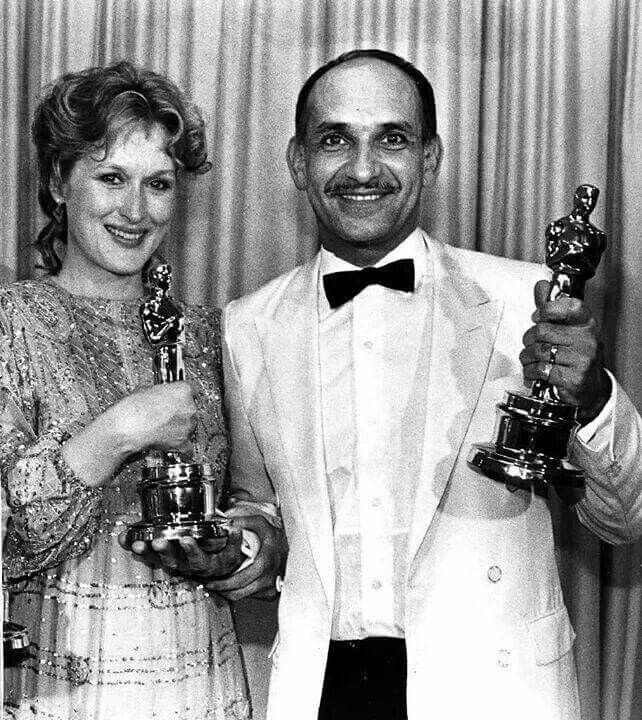 Ben Kingsley with Meryl Streep after winning their Oscars[/caption]
Ben Kingsley with Meryl Streep after winning their Oscars[/caption]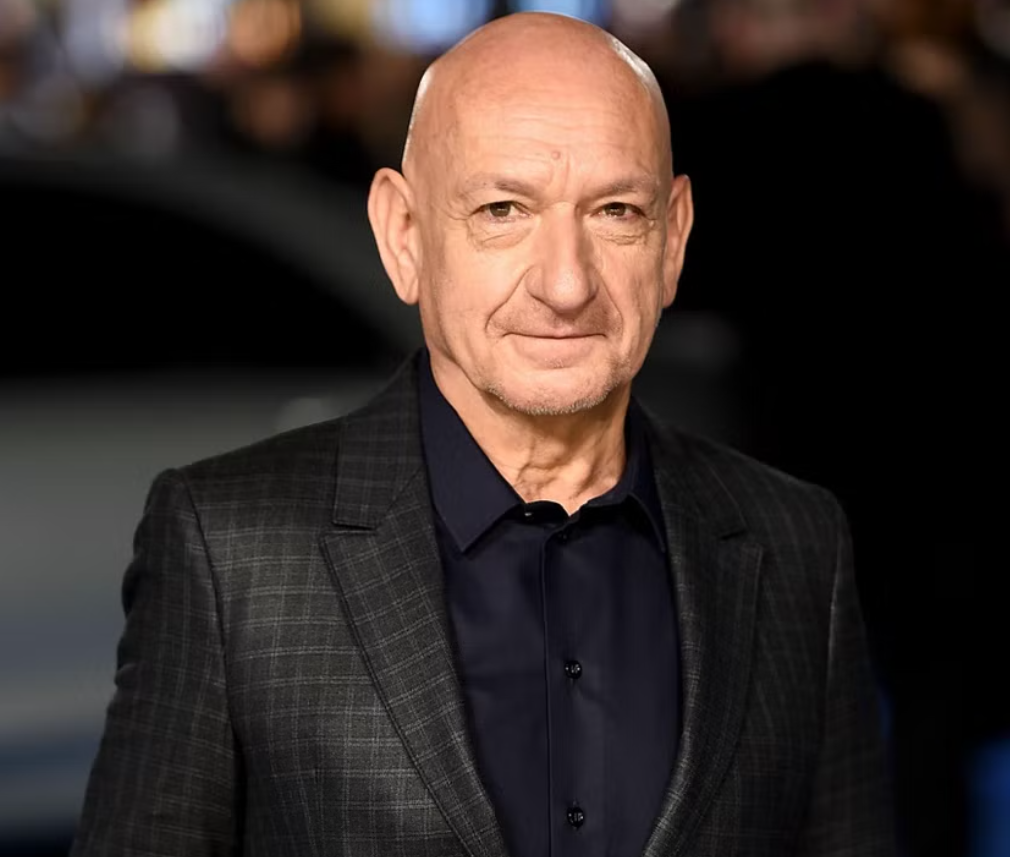 Ben Kingsley[/caption]
Ben Kingsley[/caption]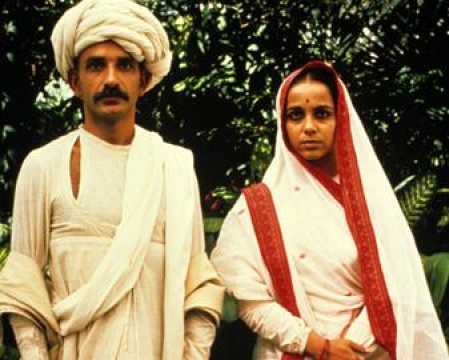 Ben Kingsley and Rohini Hattangadi in Gandhi[/caption]
Ben Kingsley and Rohini Hattangadi in Gandhi[/caption]
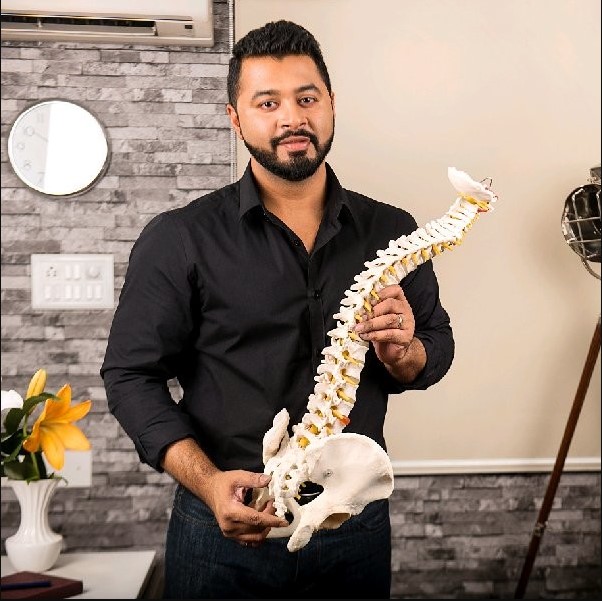 Dr Prathap Addageethala, Director and Head of Chiropractic for
Dr Prathap Addageethala, Director and Head of Chiropractic for 
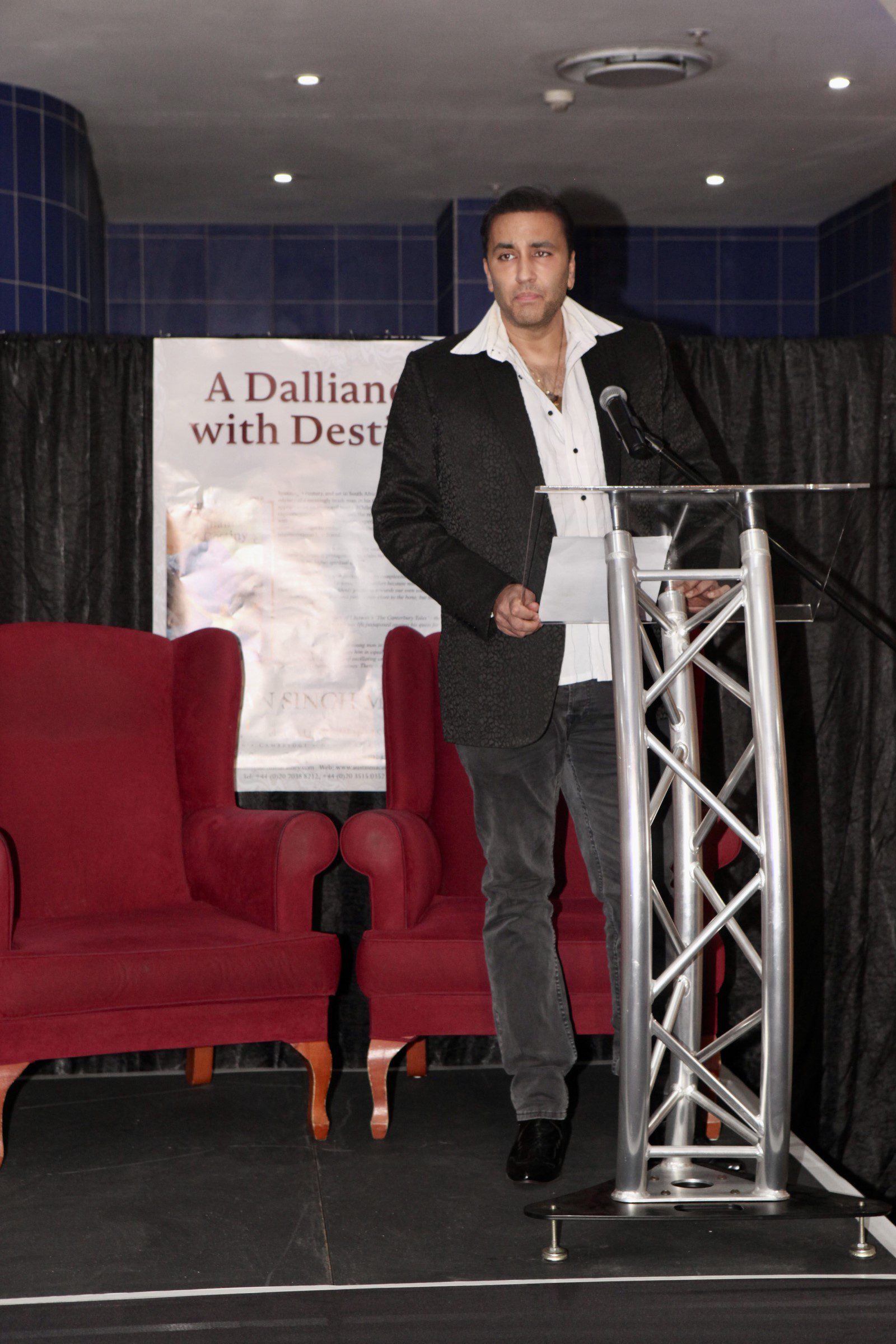
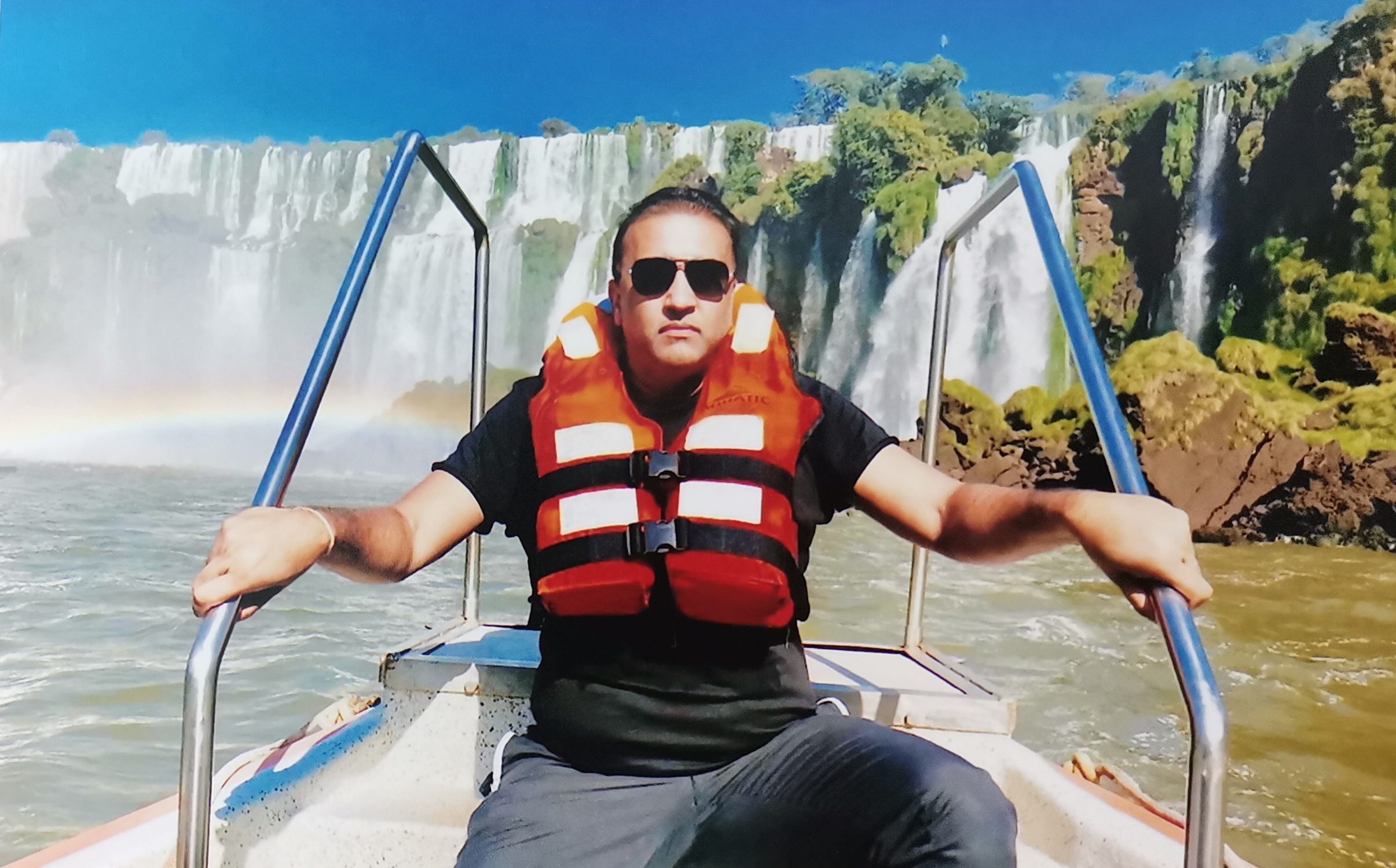
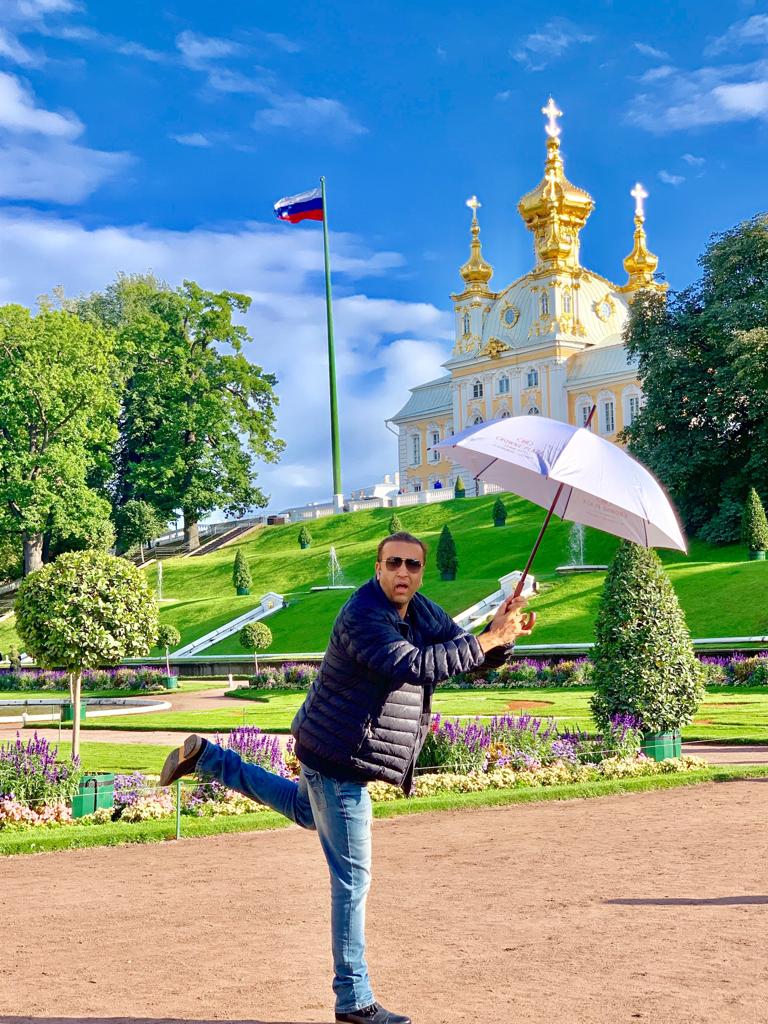
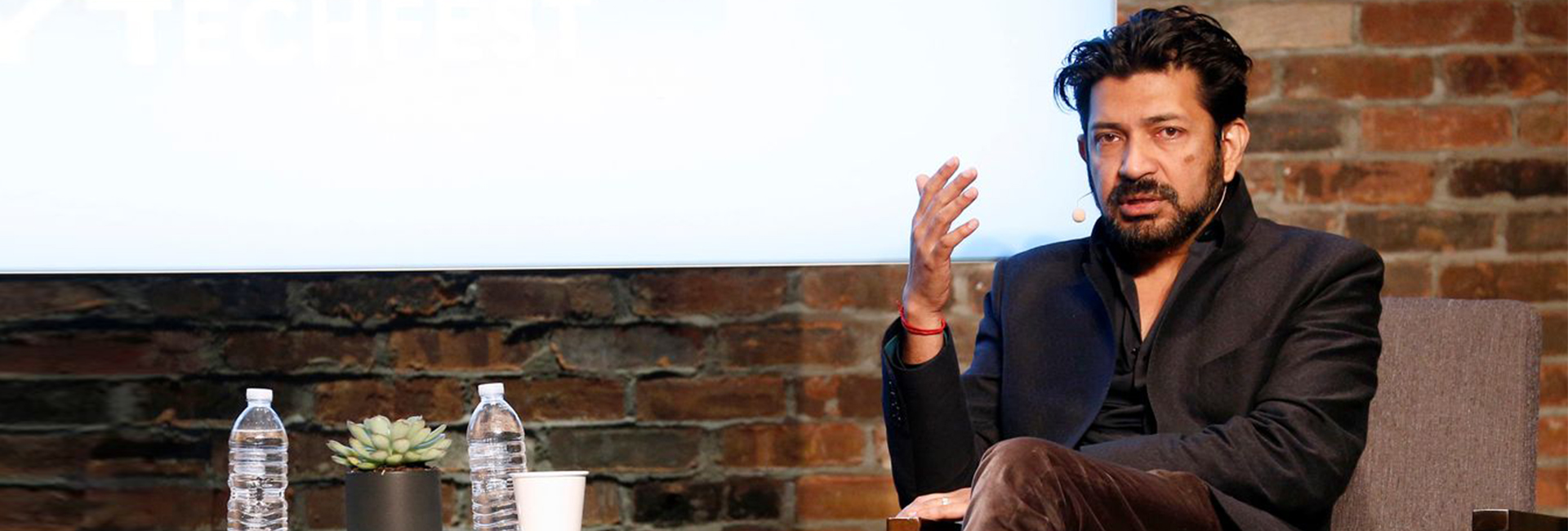
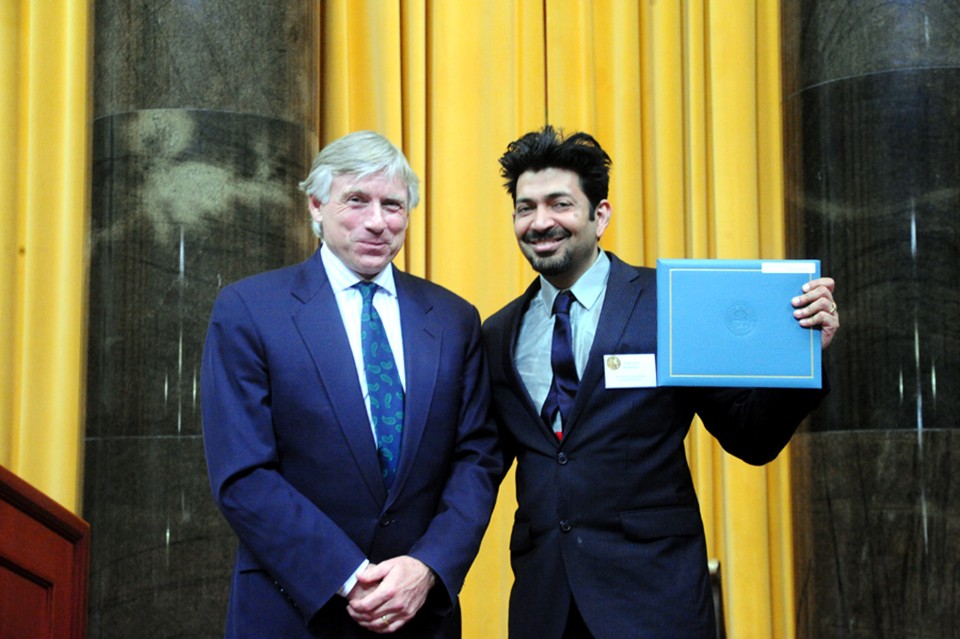 Lee C. Bollinger presenting Pulitzer Prize to Dr. Siddhartha Mukherjee[/caption]
Lee C. Bollinger presenting Pulitzer Prize to Dr. Siddhartha Mukherjee[/caption]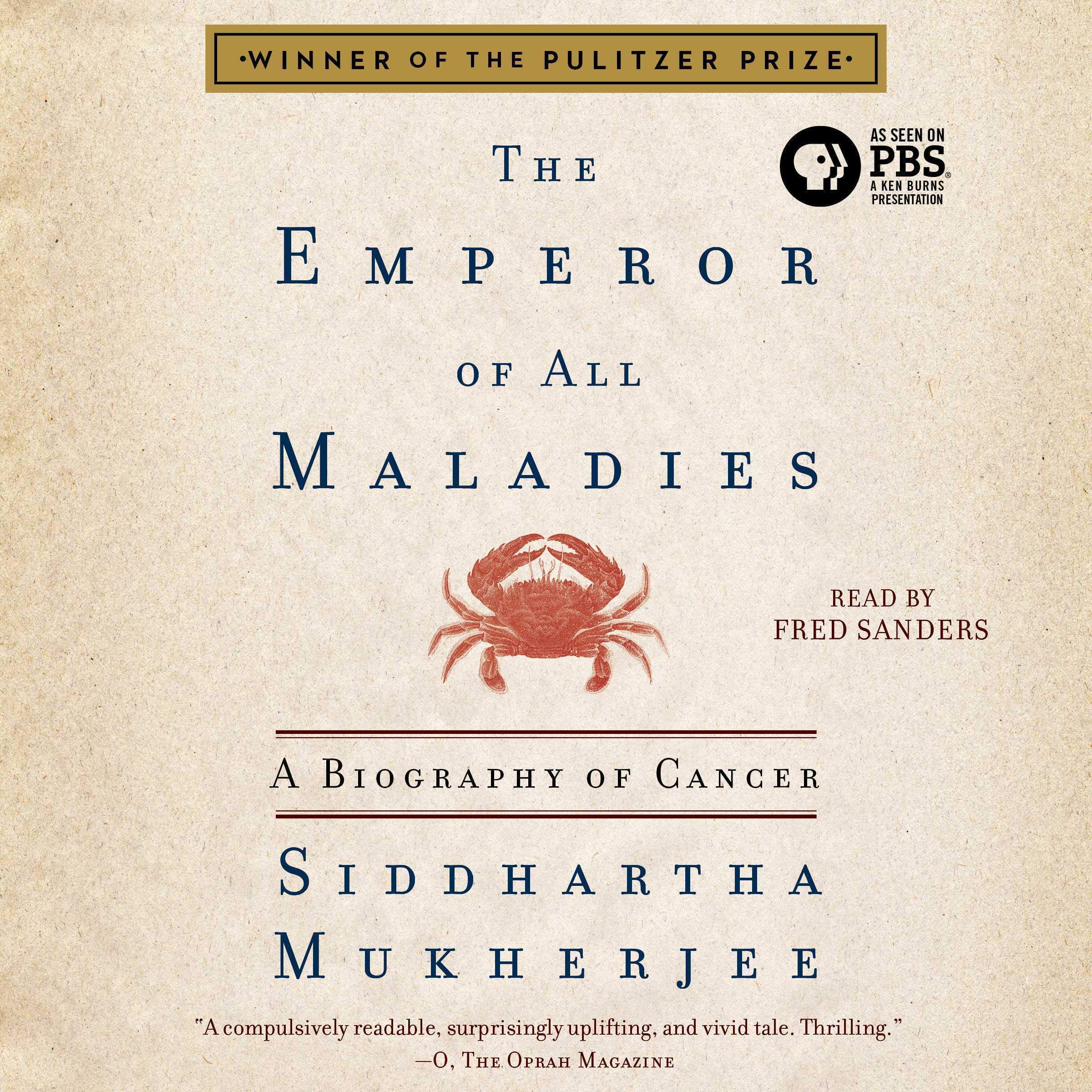
 Dr. Mukherjee with wife, Sarah Sze[/caption]
Dr. Mukherjee with wife, Sarah Sze[/caption]